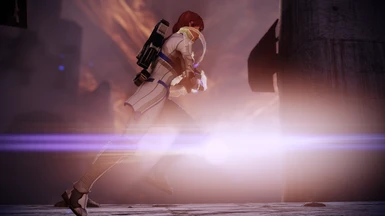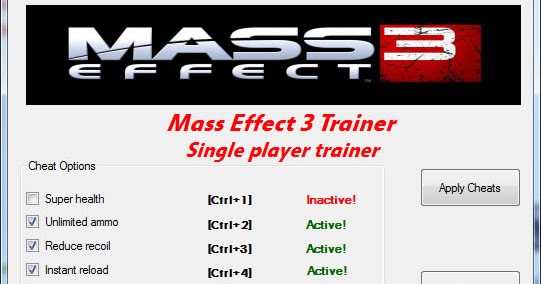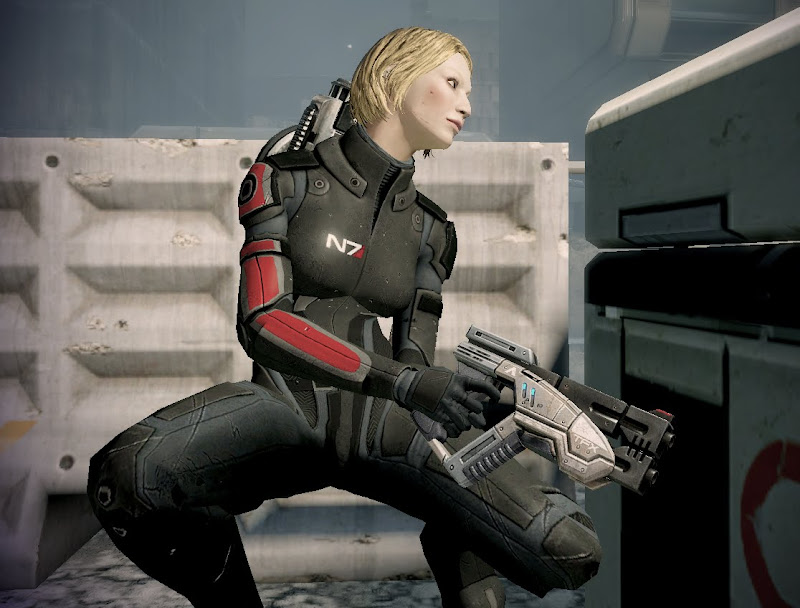


The scientific name for the seahorse is Hippocampus, also the name of an important part of the human brain. Hippocamp is a half-horse half-fish from Greek mythology.However, comet bombardment continued to tear things up, leading to the birth of Hippocamp, which might be considered a third-generation satellite.Triton settled into a circular orbit and the debris from shattered Neptunian moons re-coalesced into a second generation of natural satellites. Triton’s gravity would have torn up Neptune’s original satellite system.Many billions of years ago, Neptune captured the large moon Triton from the Kuiper Belt, a large region of icy and rocky objects beyond the orbit of Neptune. Neptune’s satellite system has a violent and tortured history.The orbits of the two moons are now about 12,070 kilometers apart.This scenario is supported by Voyager 2 images from 1989 that show a large impact crater on Proteus, almost large enough to have shattered the moon.In the distant past, given the slow migration outward of the larger moon, Proteus was once where Hippocamp is now.The first thing we realised was that you wouldn’t expect to find such a tiny moon right next to Neptune’s biggest inner moon.A NASA spacecraft 4 billion miles from Earth yielded its first close-up pictures of the most distant celestial object ever explored, depicting what looks like a reddish snowman.

Answer Writing Skill Development Programme Plus (AWSDP+).NEEV - NCERT For Effective and Early Victory.Distance Learning and Mentoring Programme.


 0 kommentar(er)
0 kommentar(er)
